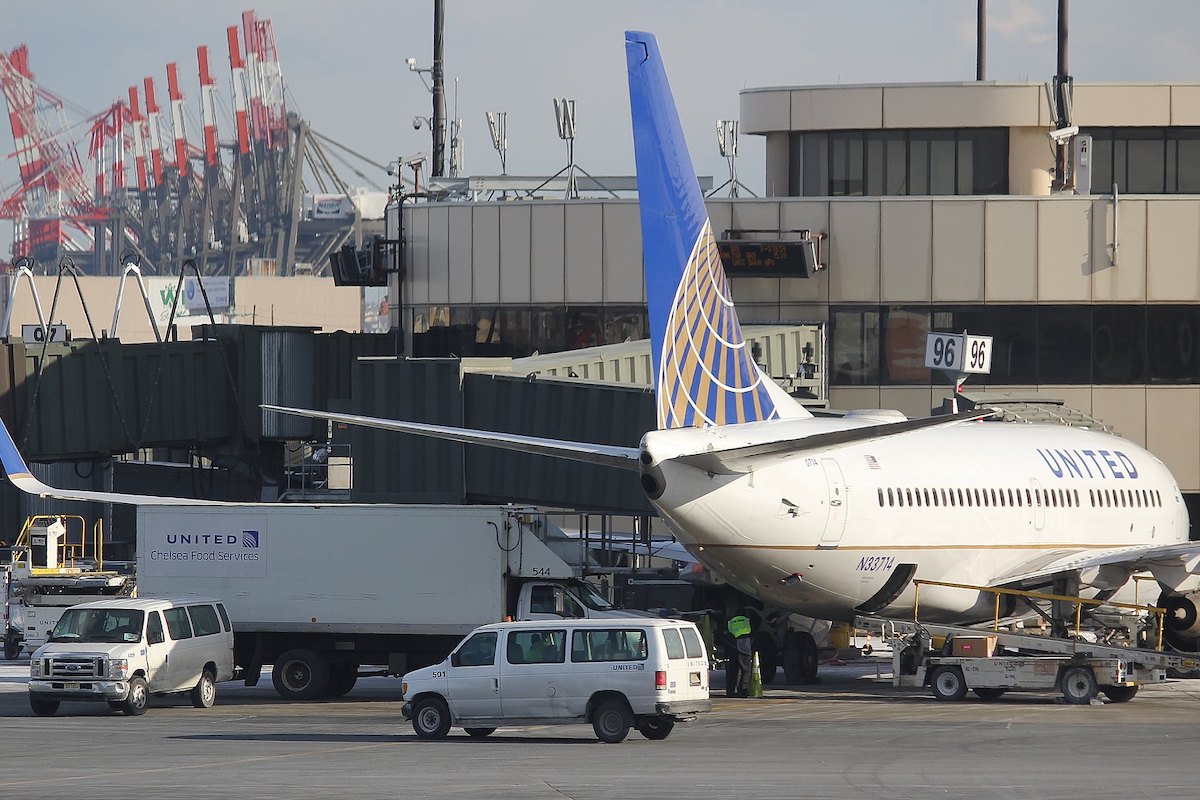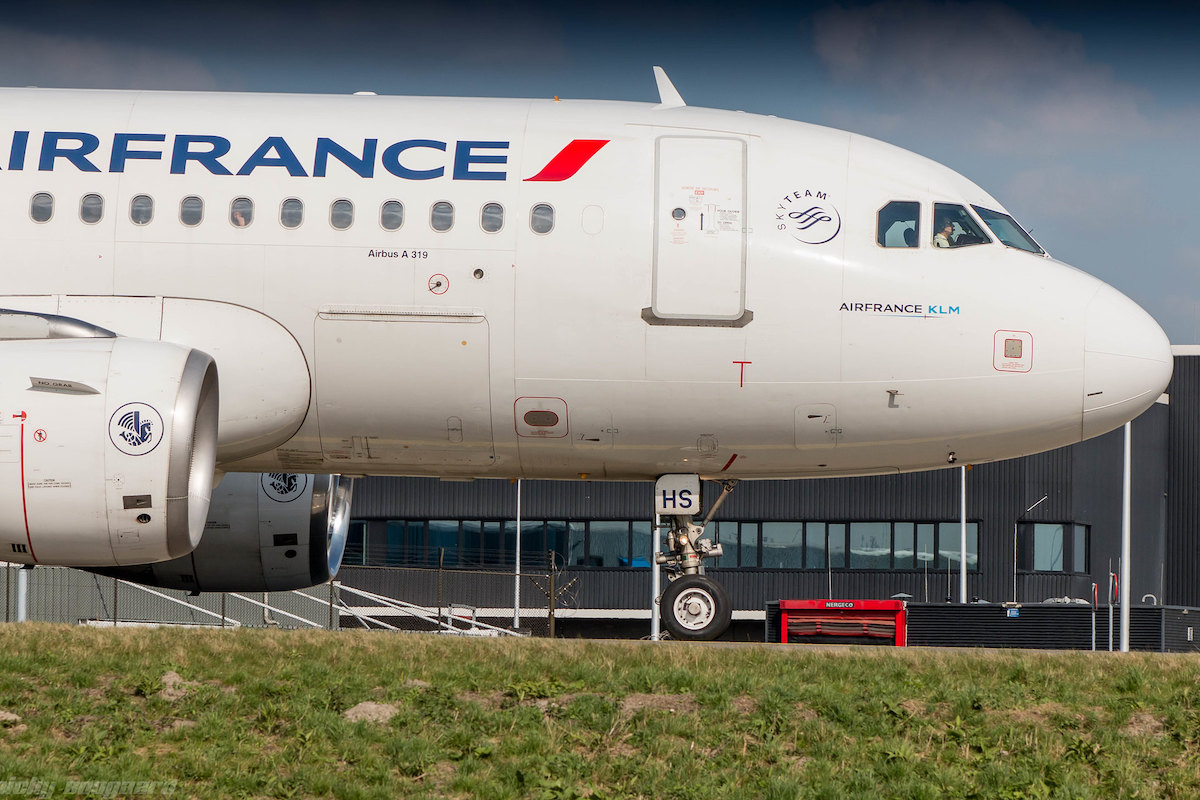United Airlines is considering shrinking its strategically important Newark hub, as it looks at ways to avoid another week-plus of flight disruptions after severe weather in the New York City area rippled across its global network.
Scott Kirby, CEO of the Chicago-based carrier, told staff in a letter Saturday that United could “further change/reduce our schedule” on a seasonal basis in Newark to improve operations there. The move, coupled with other items like improving crew scheduling technology, more closely balancing arrivals and departures, and closer coordination with the U.S. Federal Aviation Administration, are among things United “can learn to do better,” he said.
“While we work to control the things that are within our control, we also must do an even better job of planning against the things that are outside our control so that we can be in a position to recover more quickly,” Kirby said.
United canceled roughly 4,000 flights when storms first affected Newark on Saturday, June 24, through this Sunday, July 2, according to FlightRadar24 and FlightAware data. The worst was on Tuesday, June 27, when 27% of the airline’s global flights were canceled. Raymond James analyst Savanthi Syth estimated that it could cost United $50-125 million in pre-tax income in the second quarter.
To put that in perspective, when Southwest Airlines canceled roughly 17,000 flights during its nearly week-long holiday meltdown in December. It canceled more than 80% of its daily schedule at the peak of its operational issues. And the meltdown cost Southwest well over $1 billion.
United’s operational issues were far less wide-reaching, and affected far fewer travelers than at Southwest. However, Kirby’s past comments on the strength of United’s operations — including those in January just a few short weeks after Southwest’s meltdown — made the situation all the worse. Kirby was also criticized for his own use of a private jet to get out of New York last week when travelers and staff were still struggling to find seats
Kirby’s letter to staff was notable in its contrite tone. No longer was he solely blaming the FAA for the situation; he also accepted that United had its own issues. And this is not to say that weather and the FAA’s air traffic controller shortage in New York did not play a role in the situation — both did. But the idea that United could shrink in Newark has potentially significant competitive implications for the airline.
“The challenge is how much can United give up without ceding share to competitors or creating an opportunity for a competitor to increase service if they cut back,” Campbell-Hill Aviation Group Vice President Kevin Schorr said.
Newark is capped by the FAA at 79 aircraft movements — either a takeoff or landing — an hour. Since these are not slots that are owned but “runway timings,” another airline can potentially pick up any timings left unused by United or other airlines. The FAA gives preference to the carrier that used a timing during the past schedule season. This has the potential to both fail to address congestion issues at Newark airport and force United to give up valuable share at what is widely believed to be one of its most profitable hubs.
JetBlue Airways and Spirit Airlines both aggressively pushed to add flights at Newark during the pandemic when airlines, particularly foreign carriers, were not using all of their timings. JetBlue will operate 7% and Spirit 111% more seats in the third quarter than they did during the same period in 2019, Cirium Diio schedules show.
Newark is unique as the only major New York-area airport that boasts both a domestic hub and an international gateway. Delta Air Lines, which also calls New York a hub, must split its flights across JFK and LaGuardia airports. And dual-airport hubs are challenges for airlines to develop connectivity, though they can offer benefits for the local market.
So say United does decide to cut back Newark in the name of better operational reliability. What could go? Schorr said “high-frequency markets where United can reduce frequencies but increase overall gauge so capacity stays constant” would be likely targets. Upgauging could be shifting flights from a 76-seat Embraer E175 to a 126-seat Airbus A319, or from a 168-seat Boeing 737-800 to a 179-seat 737-9.
United operates 12 routes from Newark with an average of seven or more departures a day in July, Cirium Diio data show. These include routes to its hubs in Chicago, Denver, Houston, Los Angeles, and San Francisco, as well as to Boston, Orlando, Pittsburgh, and Washington Reagan National.
One issue with upgauging Newark is United is already short larger planes across its network. Aircraft delivery delays at both Airbus and Boeing mean some of the more than 270 larger A321neos and 737 Maxes the airline ordered in 2021 are arriving late. And the largest member of the Max family, the 737-10 that United had hoped to begin flying in 2020, is still awaiting FAA certification and not expected to arrive before 2024 at the earliest.
United could also shift some of its connecting traffic to other hubs. For example, departures are still down double-digits at both United’s Houston Bush and Washington Dulles hubs, airports that also happen to have excess capacity and lack the constraints of Chicago O’Hare or Newark. Dulles in particular could pick up some East Coast connecting traffic from Newark; for example, United served both Asheville, N.C., and Ithaca, N.Y., from Dulles in 2019 but only from Newark today, according to Cirium Diio.
“Reroute passengers before they encounter operational challenges,” Schorr said.
There are no easy answers for United after its week-long operational challenges. Weather will continue to happen, and disrupt airline operations indiscriminately. The U.S. air traffic controller shortage will likely last years. Internal technology investments can only go so far, while cutting Newark — what Kirby called the “best international gateway that exists anywhere in the country” — has long-time commercial implications.
“You can’t run your airline like it’s 2019 or you will fail,” Kirby said in January. “United will always have the toughest operating environment. Any airline that’s operating meaningfully worse than United is out over their skis and has simply outgrown their technology, infrastructure and resources.”
Maybe United got a little out over its skis this summer?





